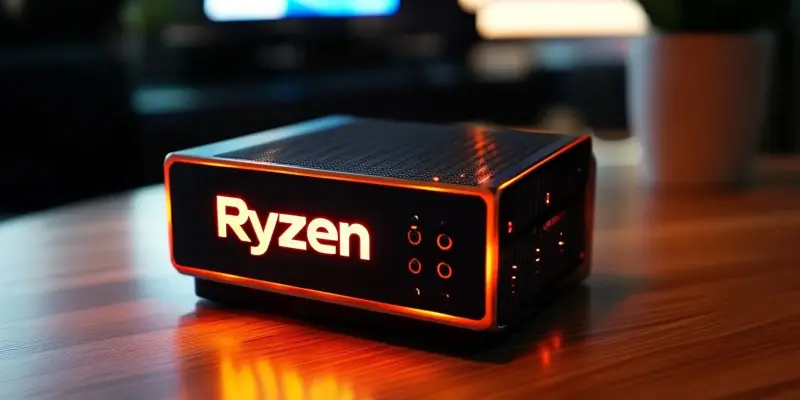In a remarkable achievement for the world of computer hardware performance and overclocking, an Australian enthusiast known as FatBoyNotSoSlim has pushed the limits of the AMD Ryzen 9 9950X processor to an astounding 6.3 GHz using Gigabyte’s upcoming X870 AORUS Tachyon ICE motherboard. This feat stands as a significant milestone, showcasing both the overclocker’s dedication and the potential of the new hardware.
The Ryzen 9 9950X processor, a flagship chip in AMD’s Zen 5 lineup, typically boasts a boost clock of up to 5.7 GHz. However, FatBoyNotSoSlim’s efforts have propelled this already powerful processor beyond the 6.0 GHz barrier, achieving a 10.5% increase. Such a breakthrough is a rare accomplishment in the realm of overclocking, underscoring the skills and precision required for such endeavors.
Key to this overclocking triumph was the use of the unreleased Gigabyte X870 AORUS Tachyon ICE motherboard combined with liquid nitrogen cooling, which plays a crucial role in managing the extreme temperatures associated with high overclocking. This groundbreaking setup not only reached significant milestones but also delivered stellar performance benchmarks. In 3DMark, the system scored an impressive 22,828 points, a substantial improvement from the typical 16,856 points at stock clocks, representing a commendable 35% increase.
The Ryzen 9 9950X also excelled in other benchmark tests; it completed the wPrime test in 23 seconds and recorded a time of 5 minutes 6 seconds 924ms in the SuperPi benchmark. These results placed FatBoyNotSoSlim in second position for world records in both benchmark categories, highlighting the exceptional performance achieved through this overclocking effort.
This accomplishment not only brings attention to the overclocker’s expertise but also shines a spotlight on the anticipated capabilities of the X870 AORUS Tachyon ICE motherboard for intense overclocking applications. While specific details about its design remain undisclosed, it is speculated that the motherboard shares similarities with the AORUS Z890 Tachyon ICE, notably featuring dual memory slots.
In summary, FatBoyNotSoSlim’s success not only underscores the potential of the upcoming Gigabyte hardware but also inspires the overclocking community by demonstrating what can be achieved with dedication, skill, and cutting-edge technology. This achievement serves as an exciting preview of what enthusiasts and professionals might accomplish with the new hardware on the horizon.

